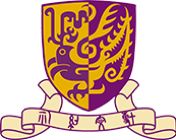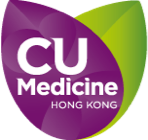Heel pain is a common complaint that is estimated to affect 10% of the general population over the course of a lifetime. A previous study reported that the population prevalence of plantar heel pain in individuals aged ≥50 years was 9.6%, with a prevalence of 7.9% for disabling pain. Heel pain is typically characterised by pain and tenderness under the heel, with tenderness over the calcaneal tuberosity that is worse at the commencement of weight-bearing activities, particularly in the morning and during the first movements after a period of inactivity. Risk factors for heel pain include a high body mass index (BMI) and older age. Chronic heel pain is most common in overweight, sedentary adults aged 40‒60 years and can occur throughout the lifespan, with a significant negative impact on the foot-specific and general health-related quality of life.
Various treatments with different levels of evidence are available for heel pain. Conservative treatments are frequently used and can be quite effective in most cases. Acupuncture and moxibustion have been widely used for treating heel pain in clinical practice. Some systematic reviews found that acupuncture was effective in relieving pain and improving foot function in patients with heel pain, although these findings were not conclusive. Acupuncture treatment modalities vary, and there is no consensus regarding the most effective one. Multiple treatment options and rationales have been documented in real-world practice, with no single predominant approach.
Electroacupuncture analgesia has been reported in previous studies. Warm needling, and indirect moxibustion method that can be incorporated with acupuncture, is an effective form of traditional Chinese medicine for acute and chronic pain. Some studies have reported that electroacupuncture, warm needling, or a combination of both have positive therapeutic effects on heel pain, although their methodologies and quality of evidence had limitations. Accordingly, we conducted the present randomised controlled trial (RCT) in Hong Kong to evaluate the efficacy of electroacupuncture plus warm needling (EAWN) therapy for middle-aged and older adults with heel pain. The hypothesis was that EAWN therapy is effective in relieving pain and improving foot function in adults with heel pain.
Patients who received EAWN therapy exhibited greater improvements in the mean first-step pain VAS and all FFI scores than those in the control group at weeks 2 and 4, with significant between-group differences (all P<0.001). Compared with baseline, there were significant decreases in mean first-step pain VAS scores at weeks 2 and 4 and FFI pain and disability subscales and total scores at week 4 in the treatment group, but not in the control group. The improvements in the treatment group continued until week 8. GRC scores at week 4 indicated improvement in all treated patients, but only 22.5% patients in the control group. There were no treatment-related adverse events.
EAWN therapy could be an effective alternative treatment for heel pain in middle-aged and older adults





